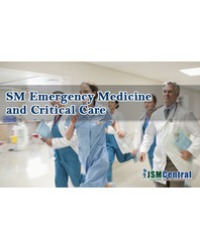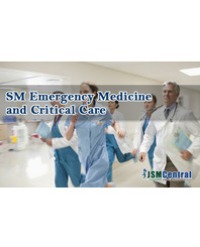
Investment versus Impact- Psychosocial and Metric Analysis of High Fidelity Manikin Use in Hospital-Based Emergency Response Team Training
Background: The American Heart Association (AHA) put forth a set of guidelines for universal standard of care for patients who experience an in-hospital resuscitation event or receive post-cardiac arrest care following an in-hospital or out-of-hospital event. While some studies have suggested that Medical Emergency Response Teams (MERTs) help reduce mortality from unexpected cardiac arrest [1] and reduce the number of unexpected ICU admissions [2], there remains a paucity of data on the impact of formalized training of MERTs on adherence to the recommended AHA guidelines, as well as the impact of quality simulation training in implementing effective MERT training.
Methods: We performed a retrospective cohort analysis of cardiopulmonary and cardiac arrest codes called at ORMC before and after the implementation of the MERT program. We looked at code metrics according to the AHA guidelines one year before the implementation of High Fidelity Mannequin training and one year after its implementation. This data was separated into Group A, pre-MERT training, and Group B, post-MERT training. We analyzed time to chest compressions, time to first dose of epinephrine, and type of rhythm during the actual code, as well as adherence to post resuscitation guideline metrics such as oxygen titration, maintaining normothermia and normal blood pressure.
Results: Statistically significant differences between groups were found in comparing time to delivery of first shock for Ventricular Fibrillation (VF) or Pulseless Ventricular Tachycardia (pVT). No statistical significance was discovered in time to epinephrine, time to first compressions, or post-resuscitation guidelines.
Conclusions: MERT training can assist in better meeting AHA metrics. Use of HFM is a valuable investment for that training in that it can mitigate gaps in assessment, improve clinical outcomes and decreases patient mortality.
Hellmann R, Klein D, Jadav P, and Krishna M¹*


